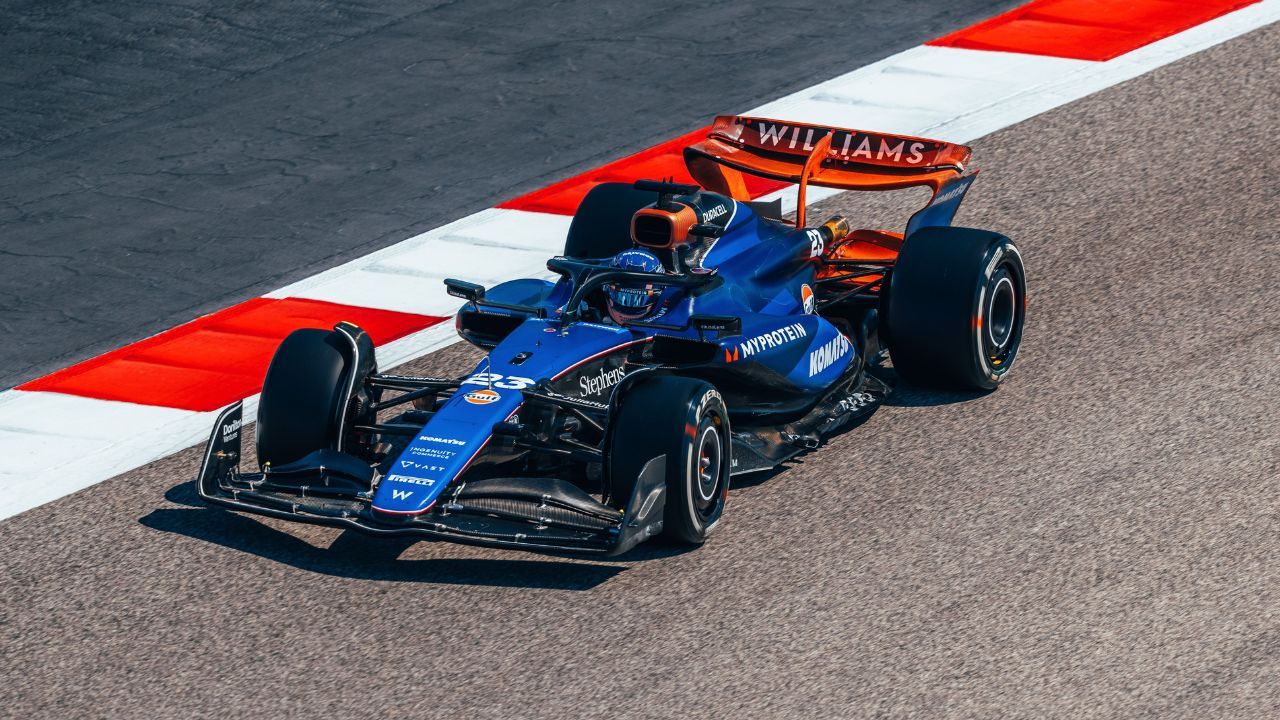
The proposed 2026 F1 regulatory revisions have encountered a significant obstacle in the area of chassis design. The regulations focus mostly on advanced hybrid power units with improved electrical capabilities and sustainable fuels. Additionally, the FIA plans to build active aerodynamic features into the chassis. As originally designed, these attributes enabled teams to switch between high downforce and low drag rear wing setups during races. In recent modelling results, however, "adjustable rear wings" have been linked to concerns about cars' rotation under strong acceleration.
According to Motorsport, the FIA investigated these findings by visiting various teams' premises. Active aerodynamic components are now being explored by several teams to improve performance. Simulations are being run to see if switching from high downforce to low drag setups on straightaways is viable. The objective is to improve traction and optimise acceleration in a straight path.
When cars are at their most aerodynamically efficient and low-drag, there's a possibility that they could lose control. As a result, this raises concerns about driving capacity and reinforces the need to drive cautiously. To address this problem, the FIA is considering aligning the adjustment of the front wing with alterations to the rear wing in order to maintain stability and maximise performance.
F1: 2026 Engine Regulation
F1's 2026 standards represent a notable step in achieving its sustainability goals, highlighting a greater reliance on electric power and 100% sustainable fuels. Nevertheless, the implementation of these updated power unit standards has generated apprehension, namely regarding possible performance challenges, particularly in the realm of battery power management. Since the MGU-H (Heat) isn't included in the power unit, only the MGU-K (Kinetic) can regenerate depleted battery power in the new PU when the new regulation hits.
The impact of the new racing restrictions remains uncertain until the start of the 2026 F1 season, but they have already spurred increased participation from automobile manufacturers. Ford has partnered with Red Bull, and Sauber is set to become Audi at the start of 2026, while Williams and McLaren have extended their Mercedes power unit deals until 2030.
























Write your Comment